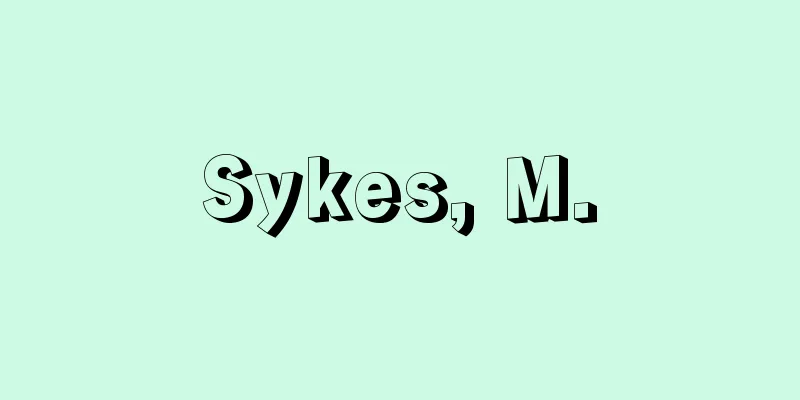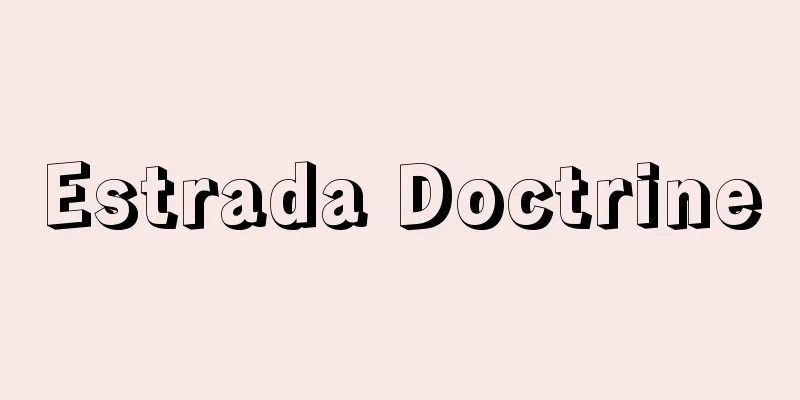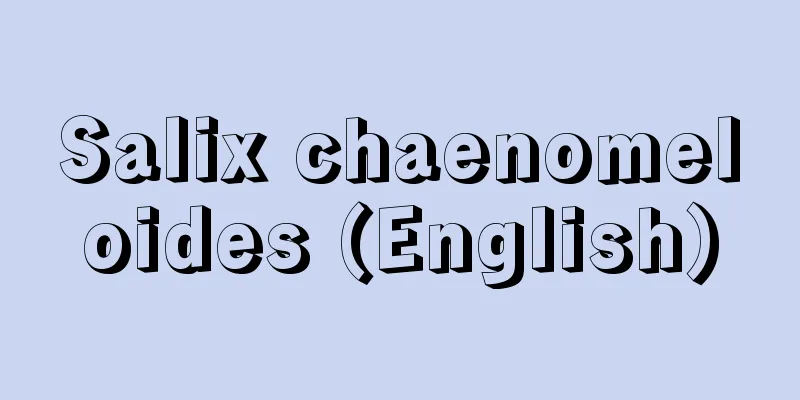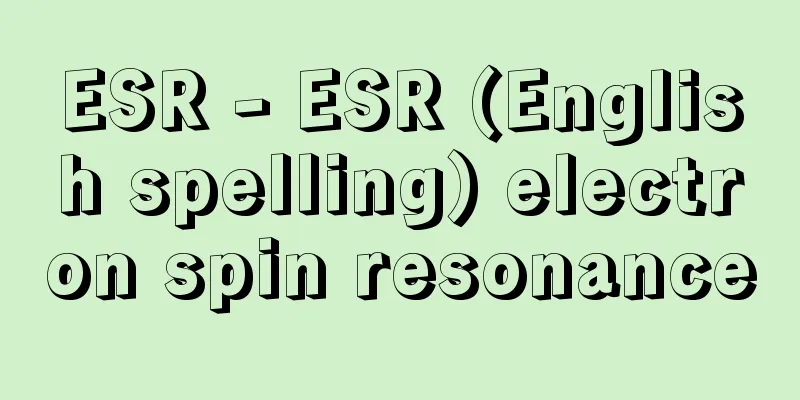Circulatory system

|
It is an organ system that circulates body fluids (blood or lymph) within an animal's body, distributes nutrients and hormones, excretes waste products, and exchanges gases; it is also called the vascular system. There are two types of blood circulation systems, or vascular systems: open and closed. In the open vascular system, there are no capillaries, and blood flows between tissues. It is called hemolymph, and is not distinguished from tissue fluid. This type of vascular system is found in arthropods and mollusks other than cephalopods. On the other hand, closed vascular systems are divided into the following four types. (1) Annelid circulatory system: The dorsal vessels that send blood forward and the ventral vessels that send blood backward are connected by the circular vessels. It is found in annelids and nematodes. (2) Amphioxus-type circulatory system: Blood is sent forward by the abdominal aorta on the ventral side, then to the dorsal side by blood vessels that branch on the side of the pharynx, and then to the rear by the dorsal aorta. Blood vessels that branch in the intestine first gather in the hepatic portal vein, then branch again in the liver. The above two types are seen in invertebrates, while the following two types are seen in vertebrate circulatory systems. (3) Gill breathing: Blood leaving the heart, which has one atrium and one ventricle, is sent by one artery to the gills, and from the gills it is sent directly to the entire body. (4) Pulmonary breathing type: Blood leaves the heart, passes through the lungs, returns to the heart (pulmonary circulation or small circulation), then leaves the heart again and is sent to the whole body (systemic circulation or large circulation). In vertebrates, in addition to having a vascular system that includes the hepatic portal vein system and the renal portal vein system, they also have a differentiated lymphatic system in which blood plasma seeps through the capillary walls into tissues and joins the vena cava. [Akira Murakami] ©Shogakukan "> Type 4 closed vascular system Source: Shogakukan Encyclopedia Nipponica About Encyclopedia Nipponica Information | Legend |
|
動物体内で体液(血液またはリンパ液)を循環させ、栄養やホルモンの配布、老廃物の排出、ガス交換などをする器官系のことで、脈管系ともいう。 血液の循環系、すなわち血管系には、開放血管系と閉鎖血管系の2型がある。開放血管系には毛細血管がなく、血液は組織の間を流れ、組織液との区別がなく血(けつ)リンパとよばれる。この血管系は、節足動物、頭足類を除く軟体動物などがもつ。一方、閉鎖血管系は次の4型に分けられる。 (1)環形動物型循環系 血液を前方に送る背行血管と、後方に送る腹行血管が環状血管によって連絡されたものである。環形動物と紐形(ひもがた)動物にみられる。 (2)ナメクジウオ型循環系 腹側の腹大動脈によって血液は前方に送られ、咽頭(いんとう)側面の分岐した血管により背側に至って背大動脈により後方に向かう。腸で分岐した血管はいったん肝門脈に集まり、肝臓でふたたび分岐する。以上の二つが無脊椎(むせきつい)動物にみられ、脊椎動物の循環系には次の二つがみられる。 (3)えら呼吸型 1心房1心室の心臓から出た血液が1本の動脈によってえらに送られ、えらより直接全身に送られる。 (4)肺呼吸型 心臓を出て肺を通った血液がいったん心臓に戻り(肺循環または小循環)、ふたたび心臓を出て全身に送られる(体循環または大循環)。 脊椎動物では、肝門脈系や腎(じん)門脈系などを含む血管系をもつほか、血液の血漿(けっしょう)が毛細血管壁から組織に浸出し、大静脈に合流するリンパ系とが分化している。 [村上 彰] ©Shogakukan"> 閉鎖血管系の4型 出典 小学館 日本大百科全書(ニッポニカ)日本大百科全書(ニッポニカ)について 情報 | 凡例 |
>>: Cardiology - Cardiovascular
Recommend
śramaṇa (English spelling) sramana
...A monk. A transliteration of the Sanskrit śram...
Nursing
In ancient times, nursing originated from human m...
《Sakhalin Ainu Vocabulary》 - Karafutoainugoi
...The person who helped publish "Moshihogus...
Wan Pai (English spelling)
Wan is the old name of Anhui Province in China, an...
Mendoça, JG (English spelling) MendocaJG
…The missionaries, in order to carry out their du...
Takanotsume - Takanotsume
A deciduous tree of the Araliaceae family (APG cl...
Joule-Thomson effect
A phenomenon in which the temperature of a gas dro...
Klaus, MH (English spelling) KlausMH
…No matter how perfect the physical childcare env...
farsightedness
…(1) normal vision, which focuses an image on the...
Aizu Shrine History
A book written by Hattori Yasuyasu (1619-81) on th...
Shirako [town] - Shirako
A town in Chosei County in central Chiba Prefectur...
Hearsay evidence - Hearsay evidence
Testimony evidence without cross-examination in f...
Menden - Menden
In ancient and medieval public lands and manors, f...
Ikakeji - Ikakeji
It is a type of jimaki (ground sprinkling) in the...
Suction pipe - kyuusuikan
…Subsurface drainage is the process of draining e...


![Tarudama [Hot Spring] - Tarudama](/upload/images/67cc27a0502f6.webp)






